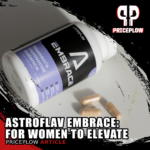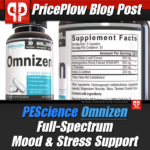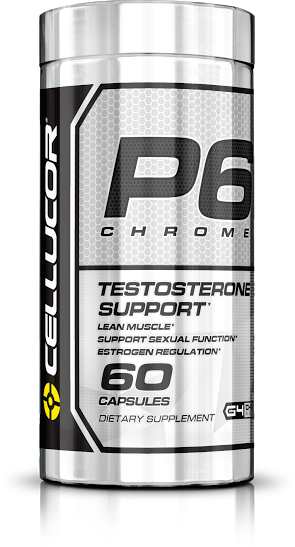I3C (Tag Archives)
Subscribe to PricePlow's Newsletter and I3C Alerts
AstroFlav Embrace: For Women Who Want to Feel Elevated, Too

AstroFlav, the upstart brand with out of this world flavors, has been releasing hit after hit recently. Case in point with their recent weight loss trifecta that includes MetaBurn AM, MetaBurn PM, and 2X.
Before the recent batch of incredible supplements, however, the brand was also well-known for their Elevated[…]
Continue Reading →
Anabolic Warfare Project Shred: A Different Way to Shred Down

Anabolic Warfare's Project Muscle has been one of the major supplement success stories in 2022, with a dozen uniquely formulated supplements designed to help its users get lean, fit, and shredded.
We've focused on the turkesterone in Project Hulk, Project Gains, and Project Bulk, as well as the resurgence of arachidonic acid in Project […]
Continue Reading →
PEScience Omnizen: An All-Powerful Mood Booster!

For many of us, life is pretty rapid-fire; we need to balance work, family life, and errands, hopefully while sneaking in a workout somewhere! This pace often throws us into a whirlwind, messing up our mood and the hormonal mechanisms that control them. Practices such as mindfulness or meditation are constantly shared with the […]
Continue Reading →
SNS Inhibit-E: Shut Estrogen Down Like a Boss

Estrogen is one cruel mistress. On the one hand it’s necessary and a vital hormone for both men and women. On the other, too much estrogen (for men at least) stunts muscle growth, negatively impacts testosterone production, and at worst, can lead to the dreaded gyno, a.k.a. Man boobs!
So, what’s the aging male left […]
Continue Reading →
Cellucor P6 Chrome: New Testosterone Booster

Cellucor has had quite a busy year with the debut of the G4 series line of products. Today, we’ve got the latest addition to the ever-expanding line of high performance supplements with their popular testosterone booster, P6 Chrome.'
This bring us to five different P6 versions that are either out there or coming soon:[…]
Continue Reading →
